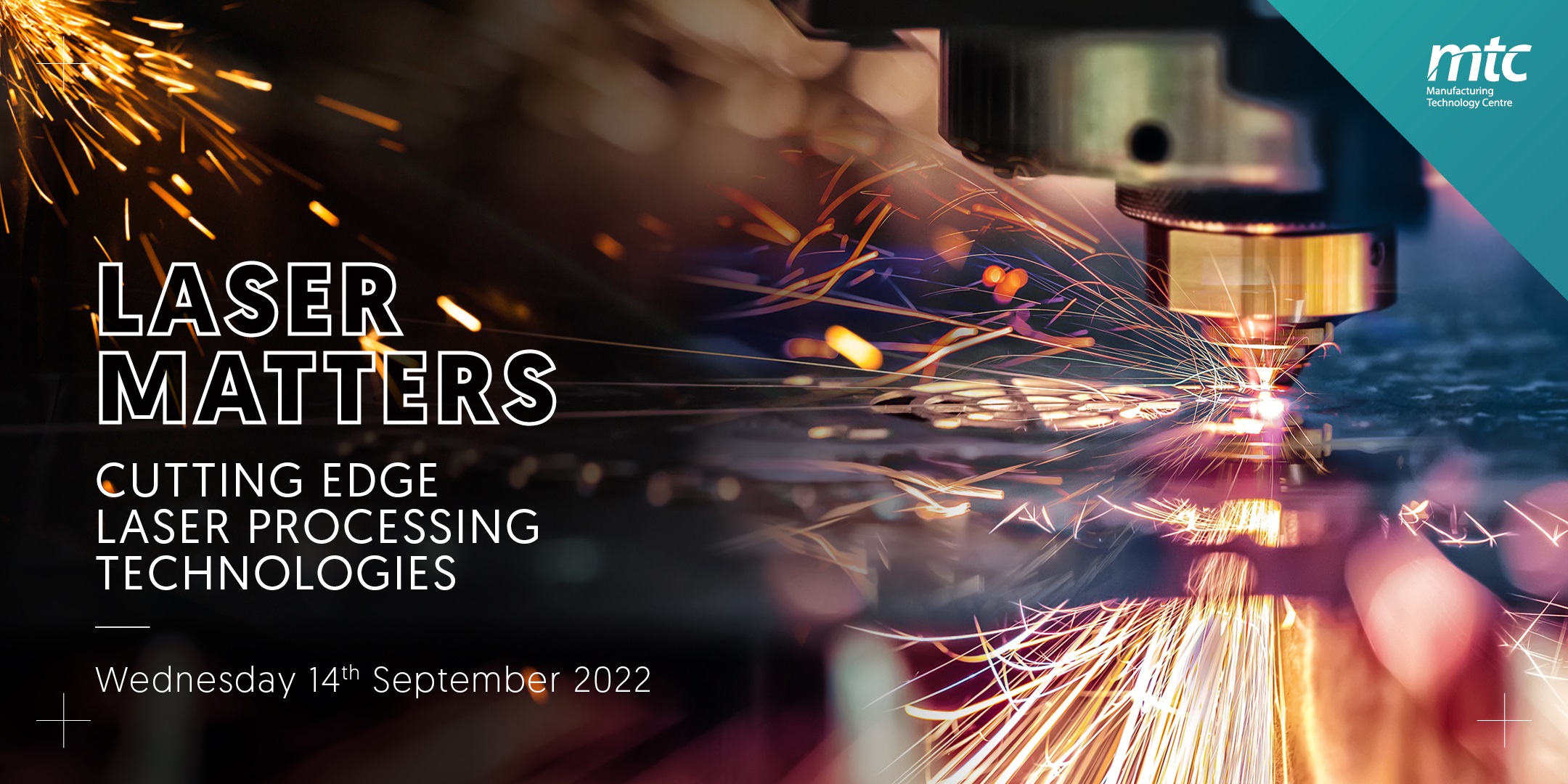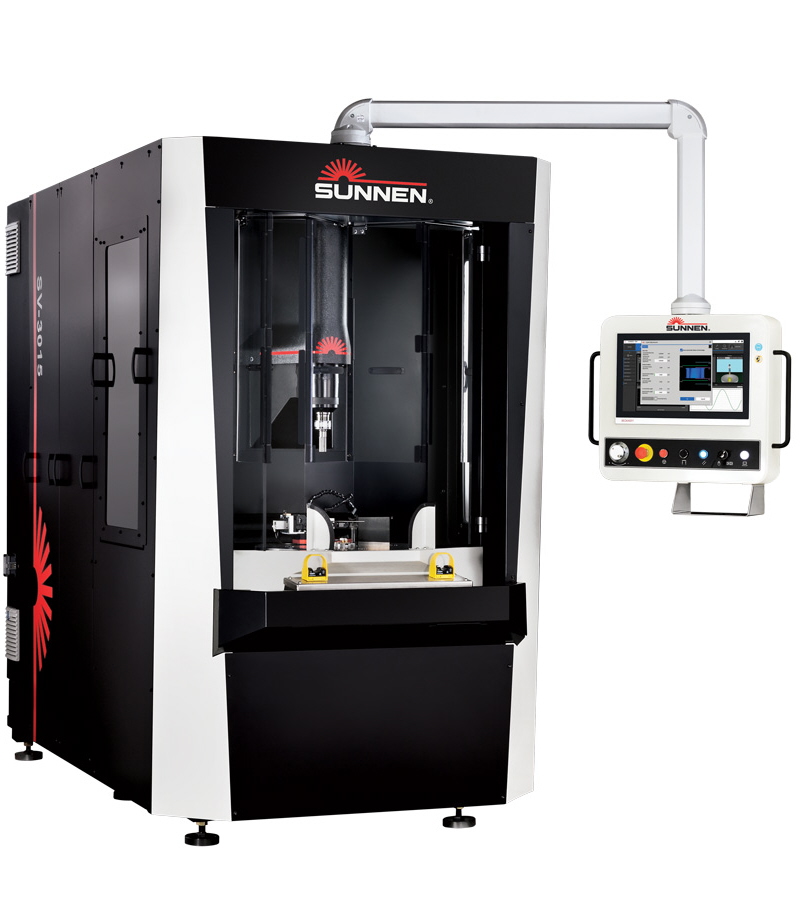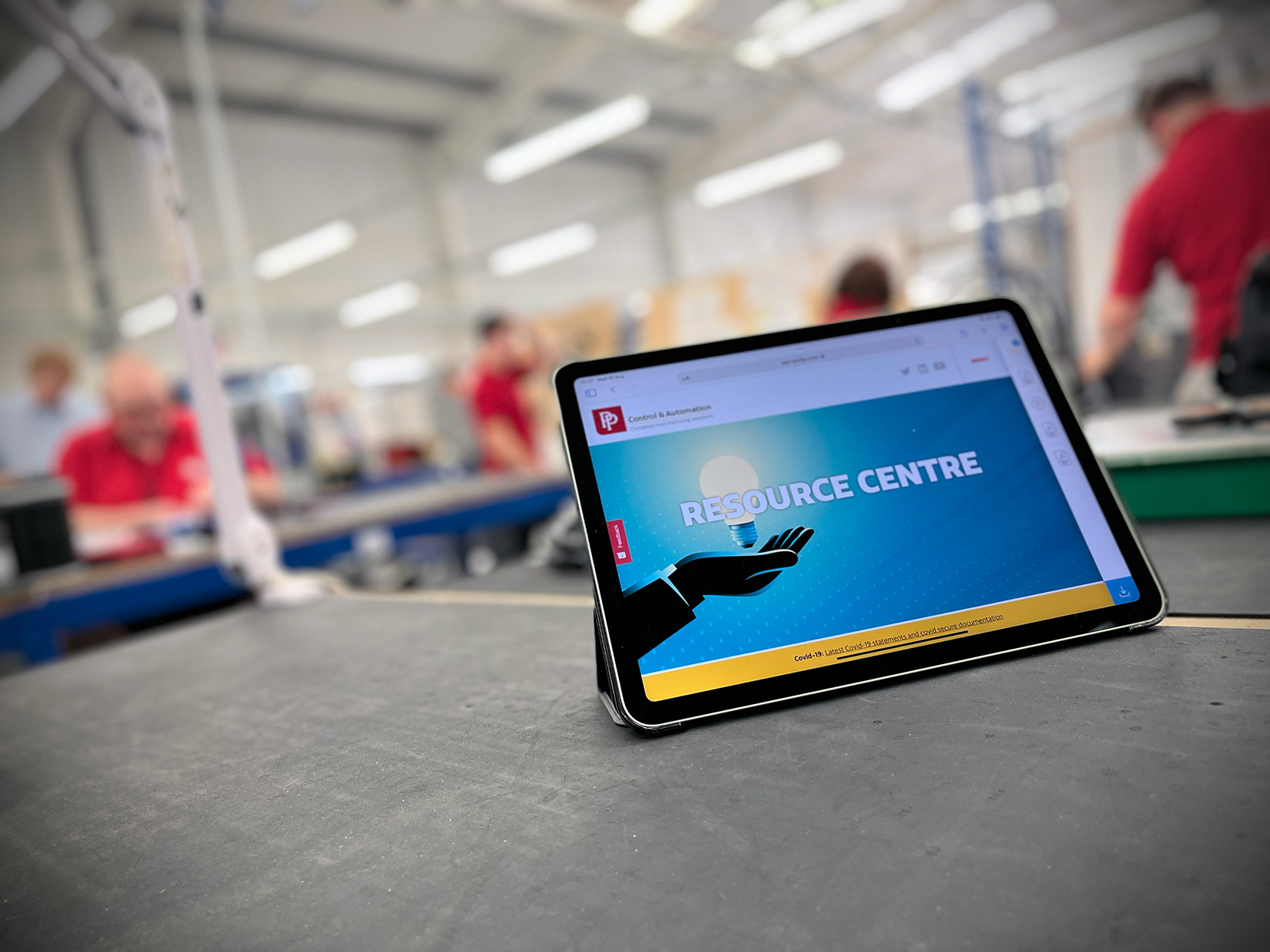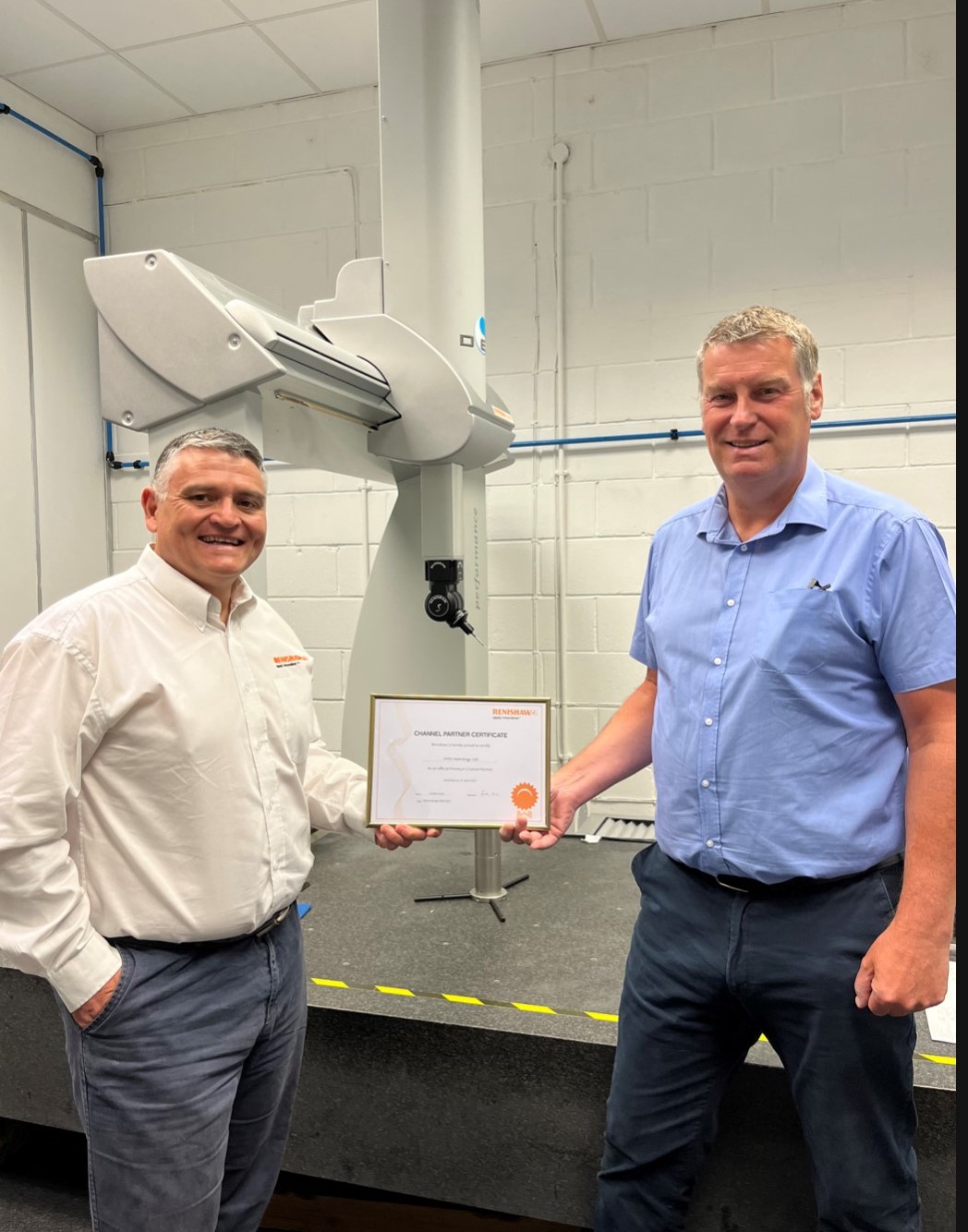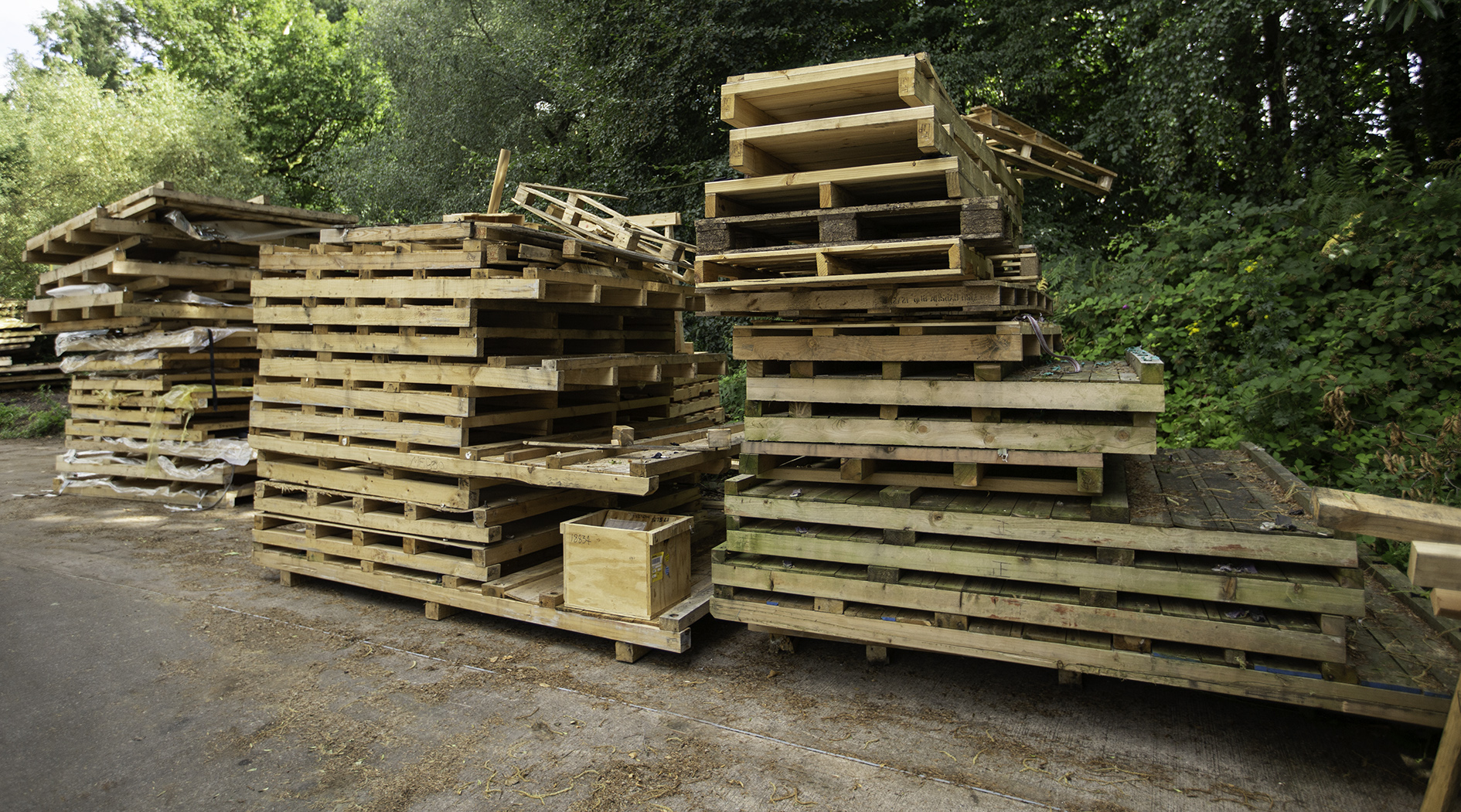Sunnen Products Company says it is advancing the state of honing technology with its new SV-3000 series vertical honing systems. The SV-3000 features a new Beckhoff-based industrial control with proprietary Sunnen2 software, designed to include EtherCAT industrial communication for fast response time and increased process control. Sunnen will introduce the new SV-3000 series at IMTS 2022 (Chicago, 12-17 September).
The control system includes a large touchscreen and the capacity to program custom part load/unload operations, eliminating the need for a second control for automation. Through the touchscreen, operators can make simple, intuitive adjustments of spindle speed, stroke rate and tool feed during the honing cycle. Tool selection, set-up mode, handling, expansion/retraction of tools and more are all adjustable via the touchscreen. Operators can also use a hand-wheel for stroke adjustment.
Sunnen’s SV-3000 series incorporates synchronised servo stroke and spindle motors that enable constant crosshatch finishes along the length of the bore. This concept eliminates the ‘flattening’ of the crosshatch angle at stroke-reversal points, which is important in many cylinder wall applications where optimal piston ring sealing and performance is required. The drive technology also includes a load-sensing feed system that helps to maximise productivity and produce 0.00025 mm tolerances on a range of small-diameter parts.
Sunnen solicited input from global customers during the two-year design and development of the SV-3000 series, completely rewriting the software for these next-generation hones using the latest programming languages and technologies. The intuitive nature of the control means new operators can train quickly to process complex or difficult-to-hone parts.
SV-3000 machines uses OPC, a widely accepted industrial communication standard that enables the exchange of data between multi-vendor devices and control applications without any proprietary restrictions.
For further information www.sunnen.com






